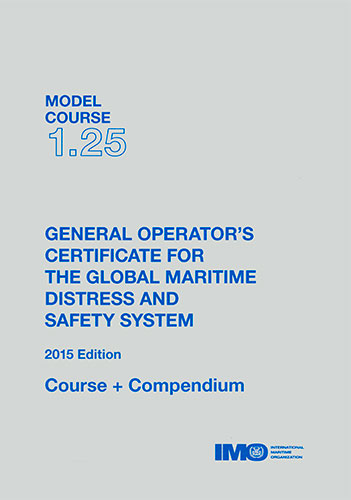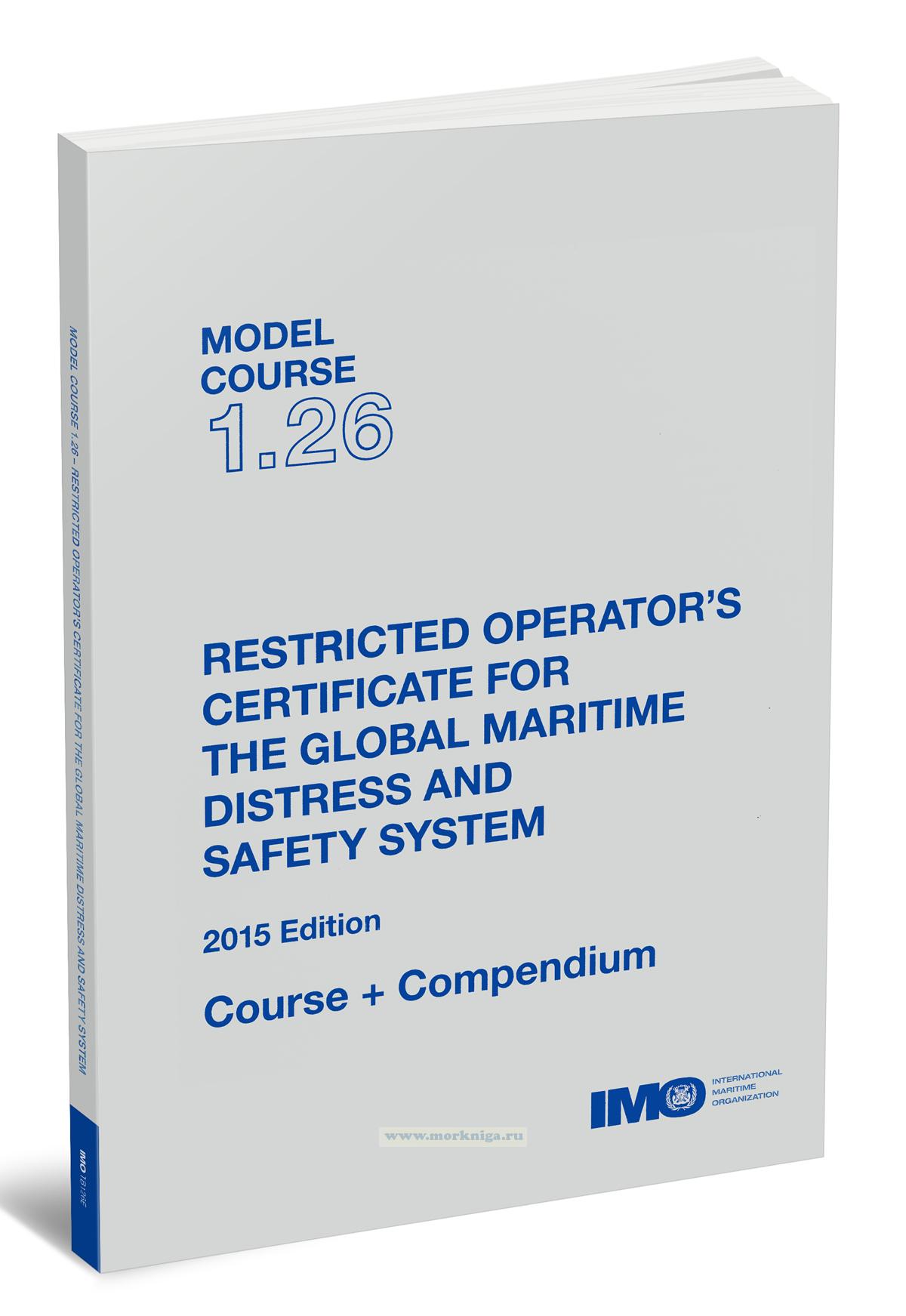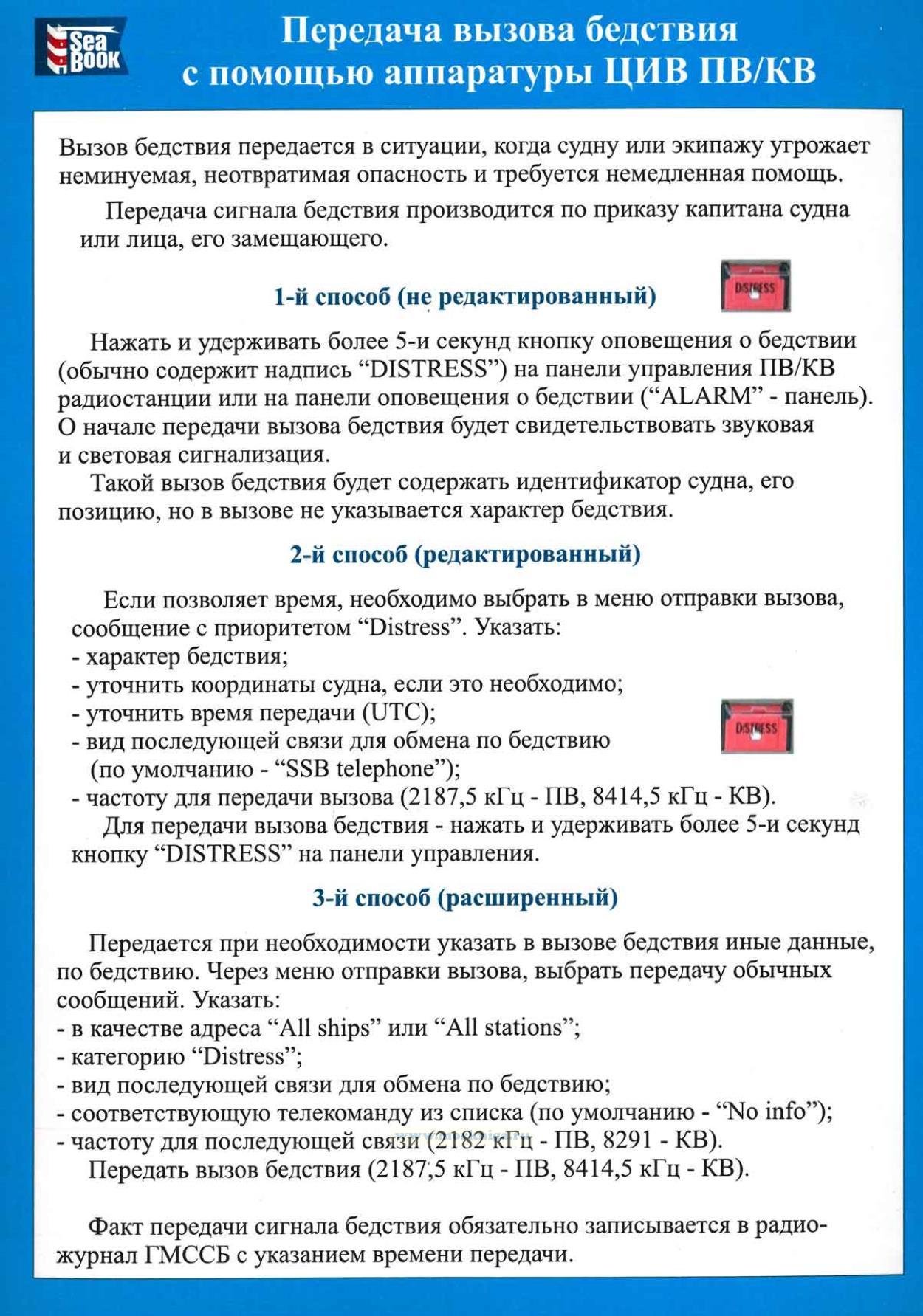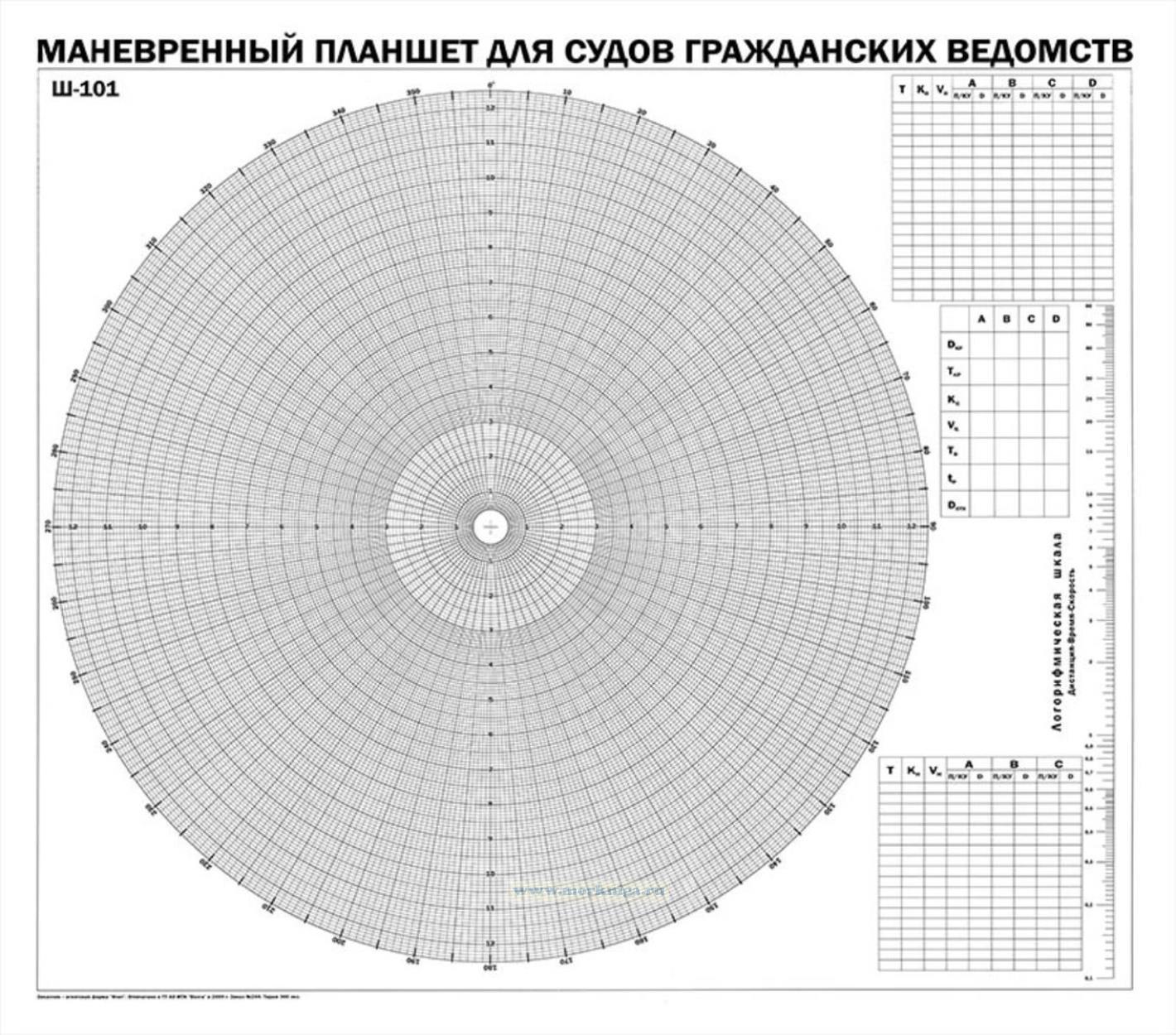Сб с 10 до 16
General operators certificate for the global maritime distress and safety system. Model course 1.25. 2015 Edition
Книга на английском языке.
Since its inception the International Maritime Organization (IMO) has recognized the importance of human resources to the development of the maritime industry and has given the highest priority to assisting developing countries in enhancing their maritime training capabilities through the provision or improvement of maritime training facilities at national and regional levels. IMO has also responded to the needs of developing countries for postgraduate training for senior personnel in administrations, ports, shipping companies and maritime training institutes by establishing the World Maritime University in Malmo, Sweden, in 1983.
Followingthe adoption of the International Convention on Standardsof Training, Certification and Watchkeeping for Seafarers, 1978 (STCW), a number of IMO Member Governments had suggested that IMO should develop model training courses to assist in the implementation of the Convention and in achieving a more rapid transfer of information and skills regarding new developments in maritime technology. IMO training advisers and consultants also subsequently determined from their visits to training establishments in developing countries that the provision of model courses could help instructors improve the quality of their existing courses and enhance their implementation of the associated Conference and IMO Assembly resolutions.
In addition, it was appreciated that a comprehensive set of short model courses in various fields of maritime training would supplement the instruction provided by maritime academies and allow administrators and technical specialists already employed in maritime administrations, ports and shipping companies to improve their knowledge and skills in certain specialized fields. With the generous assistance of the Government of Norway, IMO developed model courses in response to these generally identified needs and now keeps them updated through a regular revision process taking into account any amendments to the requirements prescribed in IMO instruments and any technological developments in the field.
These model courses may be used by any training institution and, when the requisite financing is available, the Organization is prepared to assist developing countries in implementing any course.
Contents
Foreword
Introduction to model courses
Purpose of the model courses
Use of the model course
Lesson plans.
Presentation
Implementation
Part A: Course Framework
Scope
Objective
Entry standards
Certification
Course intake limitations
Staff requirements
Teaching facilities and equipment (for example)
Teaching aids (A)
IMO and ITU References (R)
Textbooks (T)
Availability of publications
Part B: Course Outline and Timetable
Part C: Detailed Teaching Syllabus
Part D: Instructor Manual
General
Use of the teaching aids, IMO references, etc
Lesson plans
Use of personal computers (PCs)
False distress alert
Search and Rescue matters
English language
Examination
Part E: Evaluation
Introduction
STCW Convention 78, as amended
Assessment planning
Validity
Reliability
Compiling assessments
Quality of test items
Examination guideline
A: Theoretical examination
B: Practical examination
Information requested of instructors who implement IMO model courses
Annex 1 - Example of trainee's practical proficiency checklist
Annex 2 - Practical Examination Protocol GOC





 Restricted operators certificate for the global maritime distress and safety system. Model course 1.26. 2015 Edition
Restricted operators certificate for the global maritime distress and safety system. Model course 1.26. 2015 Edition  Карточки по процедурам ГМССБ
Карточки по процедурам ГМССБ  Маневренный планшет для судов гражданских ведомств Ш-101, ч\б
Маневренный планшет для судов гражданских ведомств Ш-101, ч\б